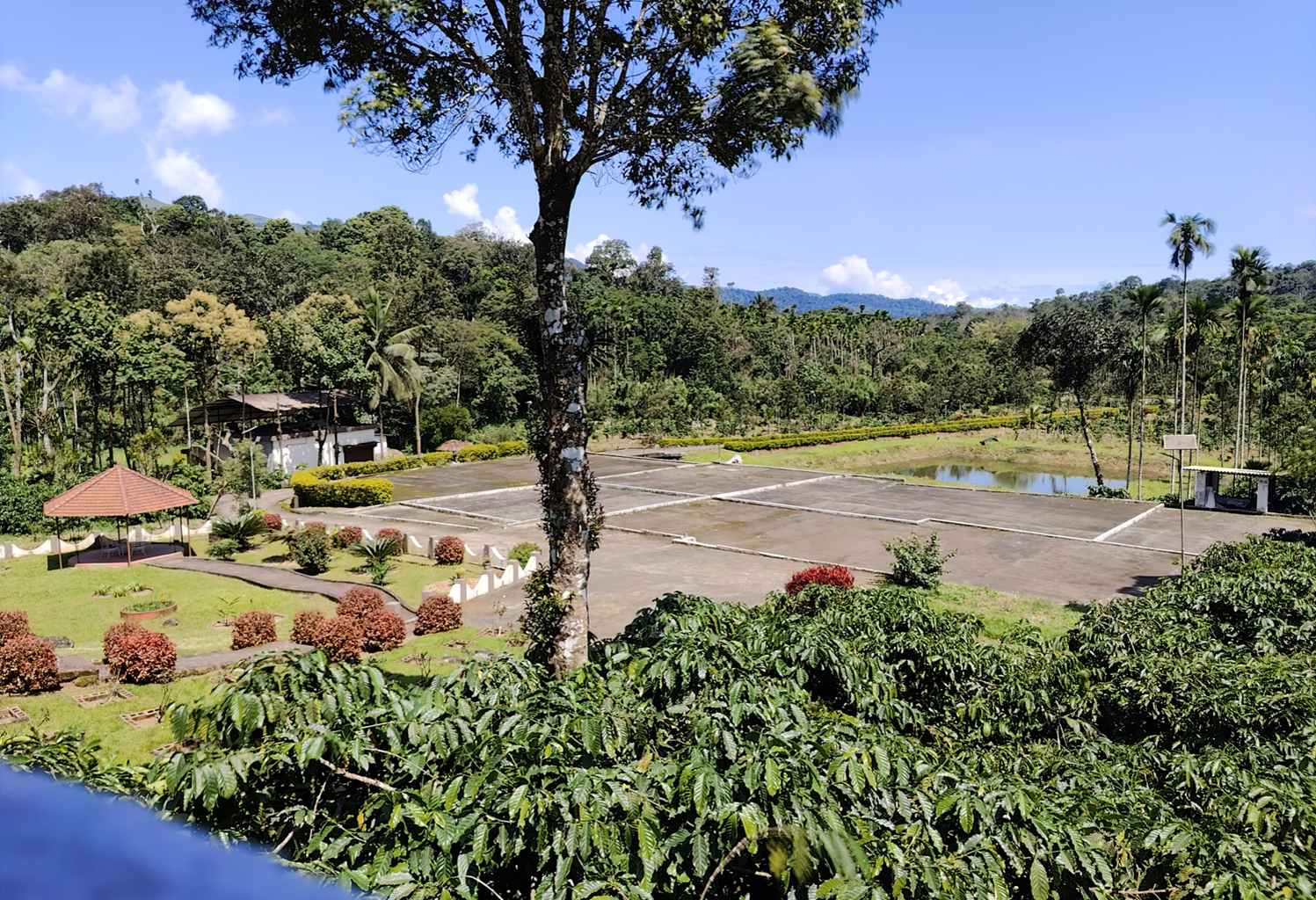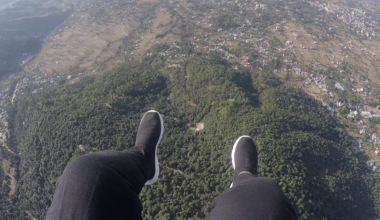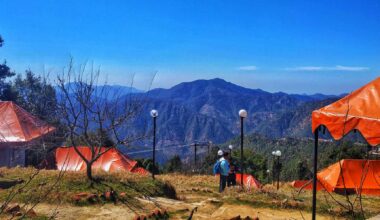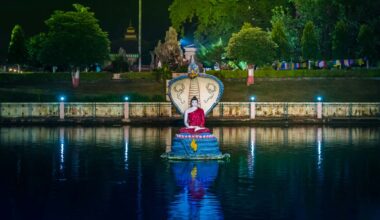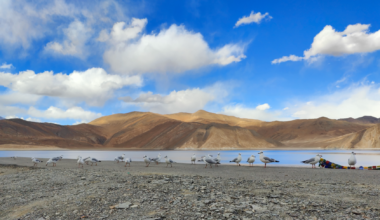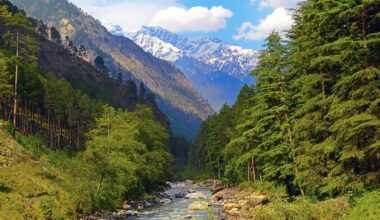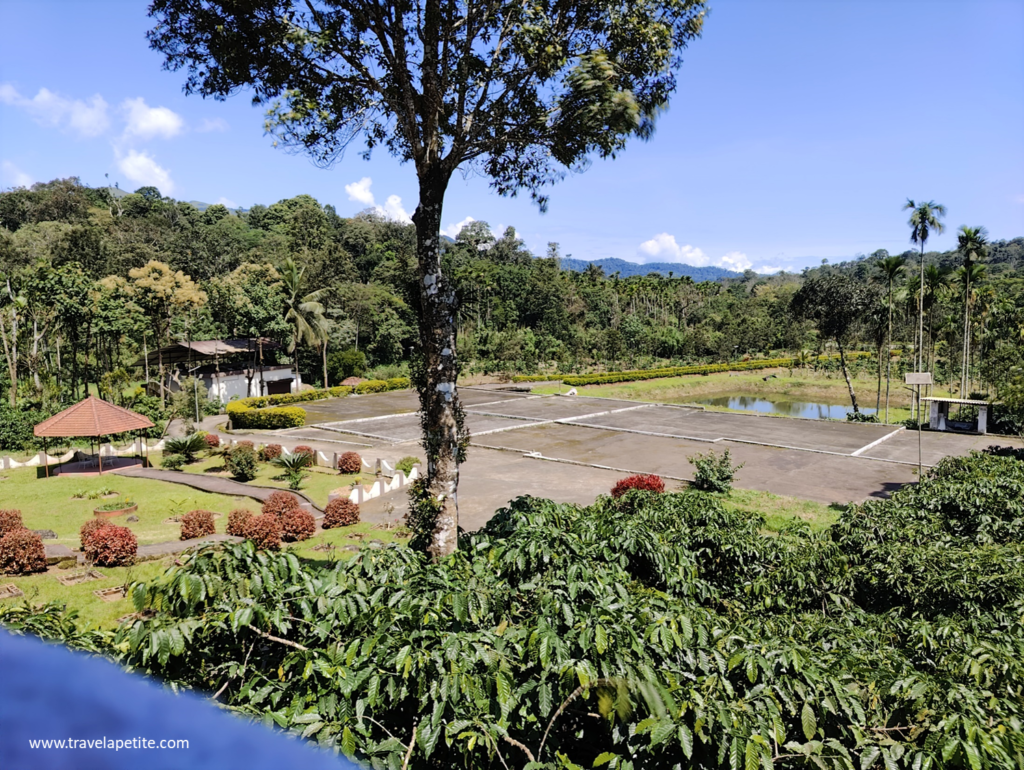
Coorg is an amazing region in southern Karnataka, with a history of coffee plantations dating back to the mid-19th century. It’s popular for its amazing natural beauty with lush green forests, mountains, lakes and rivers. The climate here is tropical with cool winters and warm summers. There’s loads to do in Coorg!
Coorg is a small district in the Western Ghats covering an area of upto 4000 square km.
Coorg is a small district in the Western Ghats covering an area of 4,015 square km. It’s the second largest district in Karnataka after Bengaluru. The district has two taluks – Chitaldrug and Madikeri.
The climate of Coorg is pleasant throughout the year with rainfall occurring between October and April. Temperatures may vary from 20 degree Celsius during winter to 27 degree Celsius during summer months (June-August).
It’s the second largest district in Karnataka after Bengaluru. Coorg is the second largest district in Karnataka. It’s bigger than Bangalore and smaller than Mysore–and it’s also home to some of the best wildlife in India.
The region is well known for its mountain scenery and its tea plantations, which lie on top of high plateaus that span several kilometers above sea level. The climate here is similar to that of Mysore or Bengaluru: hot during summer months (June-August) but cool during winter months (December-February).
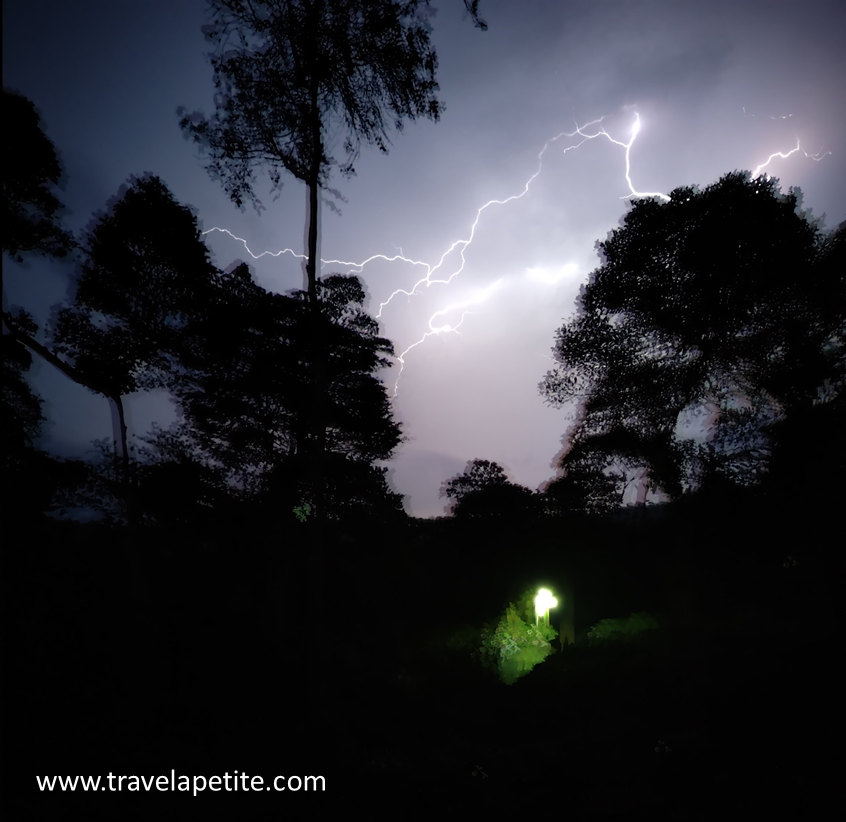
The district has two taluks – Chitaldrug and Madikeri.
The district has two taluks – Chitaldrug and Madikeri. Chitaldrug is the largest taluk in Coorg and also known as Kodagu. Madikeri means “plain of the dead.” The place was once known for its fertile soil and for being a center for trade with India’s south-east coast. However, during British rule this region became more famous for its coffee plantations than agriculture or industry; coffee cultivation has now been replaced by tea production.
The economy of Coorg relies heavily on tourism, which accounts for 80% of its GDP. The main tourist attractions include trekking, canoeing, kayaking and mountain biking.
Coorg has a history of coffee plantations dating back to the mid 19th century.
You might be wondering how Coorg got its name. The answer is simple: it’s derived from the word “Kurgu”. In Sanskrit, Kurgu means “coffee”.
Coffee has been grown in this region since the mid-19th century and was first introduced by British traders who arrived here during their travels up north towards Mysore and Bangalore. Today, coffee plantations cover over 60% of all land in this district; they provide jobs for around 100000 people who work on them full time or part time depending on their age group (you can read more about this below).
Coffee estates are dotted here and there across the valley.
The coffee estates are dotted here and there across the valley. These are owned by local people, who make their living from them. Many families in Coorg still depend on this source of income for their livelihoods.
Coffee is a major aspect of Coorg’s economy, so it’s no wonder that you’ll find it on pretty much every street corner! Coffee is grown at high altitudes all over southern India–and then processed into different forms: roasted beans (which have been turned black), ground up into powder form (for making instant coffee or tea bags), or steamed into sweetened creams (like posh lattes).
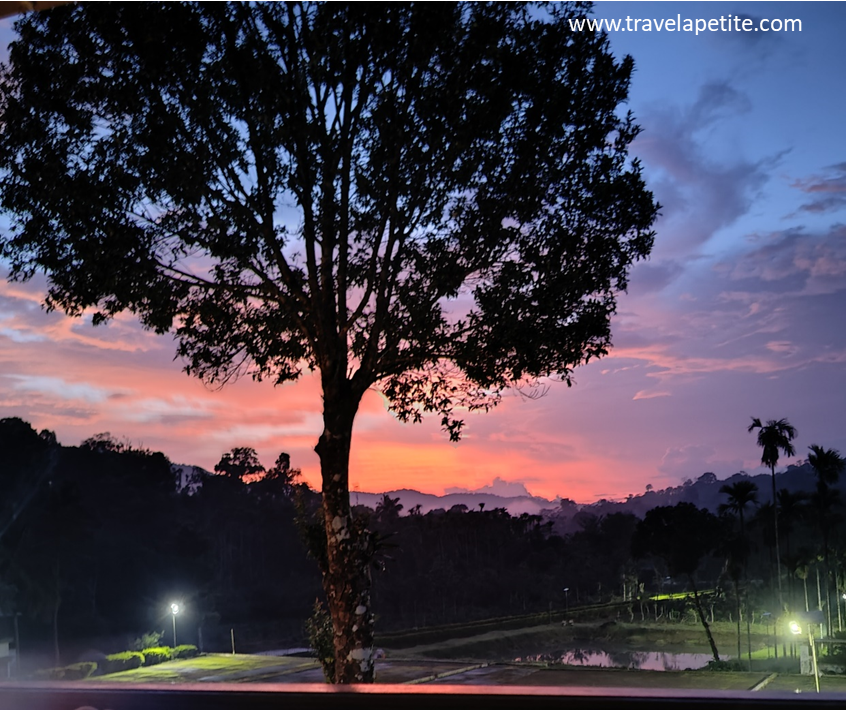
Coorg is popular for its amazing natural beauty with lush green forests, mountains, lakes and rivers.
Coorg is a beautiful place to visit. Its natural beauty includes lush green forests, mountains and rivers. Coorg is popular for its amazing natural beauty with eucalyptus trees, lakes and waterfalls.
The main attraction of the region is Lake House Resort at Puthuppally which has beautiful views of the lake from all rooms as well as an infinity pool on its terrace area where you can relax after a day’s journey through this picturesque part of India!
The climate here is tropical with cool winters and warm summers.
Coorg is a small town located in the Western Ghats on the banks of river Gadwal. This place has a tropical climate with cool winters and warm summers. The average temperature here ranges between -2 to 32 degrees Celsius, while rainfall varies from 2,000 mm to 4,500 mm during monsoon season. Rainy days are common during the summer months (June-September) while dry spells can be seen between February and May when temperatures drop below 10 degrees Celsius.
In order to enjoy Coorg’s best attributes as a tourist destination you need to plan your trip carefully based on your personal preferences and requirements so that you don’t end up doing things differently than what was planned initially!
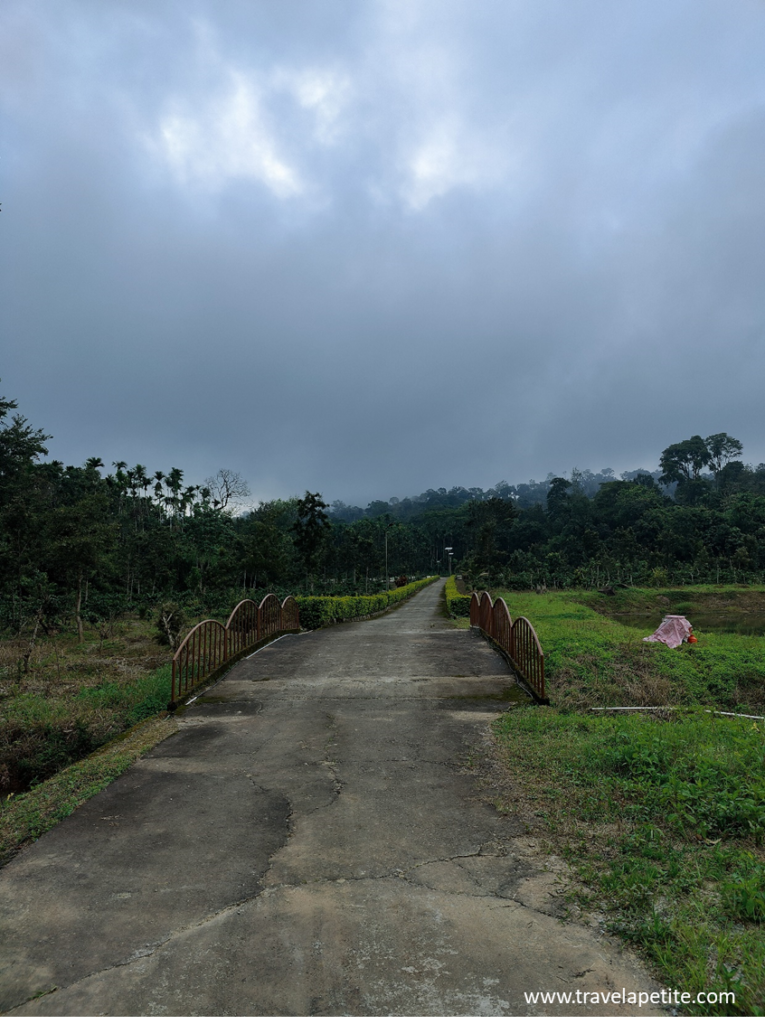
You can do tons of things in Coorg!
You will find plenty of things to do in Coorg. The highest mountain peak in Karnataka is in this district, which means that you have an opportunity to hike up the mountain and see what it’s like at the top. There are also many lakes and waterfalls in this region, so if you’re looking for something fun to do while exploring Coorg with your friends or family members, then these activities are guaranteed to be enjoyable!
There are also wildlife sanctuaries where visitors can learn more about nature and wildlife conservation efforts happening around them; another great opportunity for people who love animals! These types of places give visitors an opportunity not only observe but also participate–you could even join someone else on an excursion out into the wilderness itself!
Conclusion
We hope you’ve enjoyed the read. This beautiful district has so much to offer and is definitely worth a visit!

